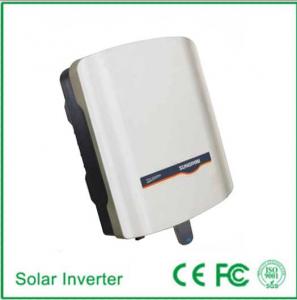Synergy Solar Inverter
Synergy Solar Inverter Related Searches
Senergy Solar Inverter Sunny Solar Inverter Solaredge Solar Inverter Sunshine Solar Inverter Inverex Solar Inverter Solar Solar Inverter Sun Solar Inverter Solar Energy Inverter Inverter Solar Solaris Solar Inverter Solar Electric Inverter Solar Battery Inverter Sunway Solar Inverter Siemens Solar Inverter Solar Smart Inverter Solar Light Inverter Battery Solar Inverter Sunways Solar Inverter Smart Solar Inverter Suntech Solar Inverter Smart Inverter Solar Power Solar Inverter Inverter Solar Cell Samsung Solar Inverter Solar Converter Inverter Solar City Inverter Solar Photovoltaic Inverter Inverter Solar Hybrid Smart Solar Power Inverter Solar Energy Power InverterSynergy Solar Inverter Supplier & Manufacturer from China
Synergy Solar Inverter is a high-quality product that offers efficient and reliable solutions for solar energy conversion. These inverters are designed to convert the direct current (DC) generated by solar panels into alternating current (AC), which can be used to power homes and businesses. The Synergy Solar Inverter is known for its advanced technology, user-friendly interface, and robust performance, making it a popular choice among solar energy enthusiasts and professionals alike.The Synergy Solar Inverter is widely used in various applications, including residential, commercial, and industrial settings. It is particularly useful in off-grid and grid-tied solar power systems, where it plays a crucial role in managing the flow of electricity from solar panels to the grid or battery storage. This product is also suitable for use in hybrid systems, where it can work in conjunction with other energy sources like wind or diesel generators. The versatility and efficiency of the Synergy Solar Inverter make it an essential component in any solar power setup, ensuring that the generated energy is effectively utilized and maximized.
Okorder.com is a leading wholesale supplier of the Synergy Solar Inverter, offering a vast inventory of this product to cater to the needs of various customers. As a reliable and trusted source, Okorder.com ensures that the Synergy Solar Inverter is available at competitive prices and with fast shipping options. By partnering with Okorder.com, customers can benefit from a hassle-free purchasing experience, secure transactions, and top-notch customer support. This makes Okorder.com the go-to platform for anyone looking to invest in high-quality solar inverters like the Synergy Solar Inverter.
Hot Products

















































